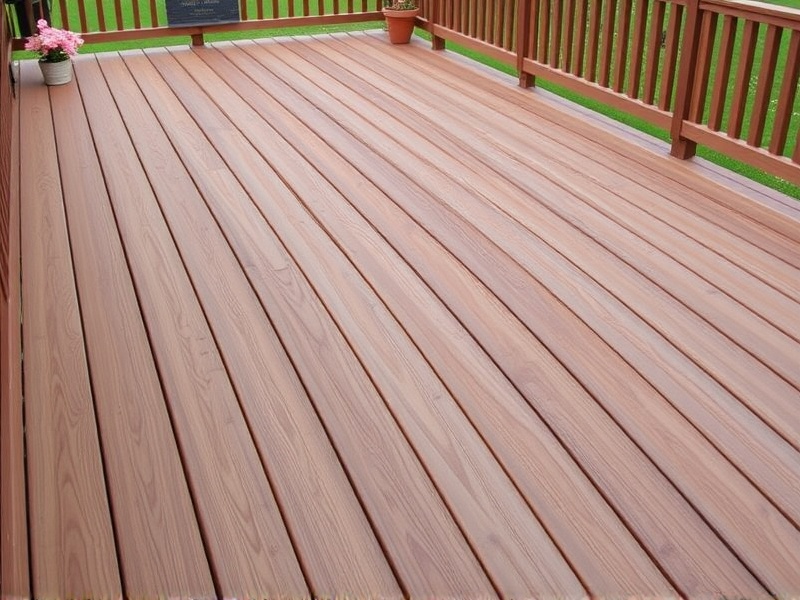Our Location
304 North Cardinal St.
Dorchester Center, MA 02124
Compare composite decking boards to traditional wood to help you decide which material is best for your next outdoor renovation project. Explore cost, appearance, and environmental factors.

In recent years, homeowners have been increasingly faced with the decision of choosing between composite decking boards and traditional wood decks for their outdoor living spaces. Both options offer unique benefits and drawbacks that can affect the overall value, aesthetics, and longevity of your deck. This article aims to provide a comprehensive comparative analysis of these two popular decking materials, covering aspects such as initial cost, ongoing maintenance needs, visual appeal, and ecological considerations. By understanding these factors, you can make an informed decision that aligns with your lifestyle and preferences.
The initial cost is often a primary consideration when choosing between composite decking boards and traditional wood decks. Composite decking, which is made from a mixture of wood fibers and plastic, typically comes with a higher upfront price tag compared to natural wood. However, the actual cost can vary significantly based on factors such as brand, quality, and regional pricing. According to Family Handyman, the average cost of building a composite deck ranges from $20 to $25 per square foot, whereas a wooden deck can cost between $15 to $20 per square foot. Despite the higher initial investment, composite decking may be more cost-effective over time due to its reduced maintenance requirements.
One of the key differences between composite decking boards and traditional wood decks lies in their maintenance requirements. Composite decking is known for its low-maintenance nature. It does not require painting or staining, and it is resistant to rot, decay, and insect damage. On the other hand, wood decks need regular upkeep, including sealing and staining every few years to protect against moisture, UV rays, and pests. The durability and ease of maintenance offered by composite decking can save homeowners both time and money in the long run.
When it comes to aesthetics, both composite decking boards and traditional wood decks offer distinct visual appeal. Composite decking has come a long way in terms of design, offering a wide range of colors and textures that mimic the look of natural wood. However, some people still prefer the authentic appearance of real wood, which can add warmth and character to any outdoor space. Ultimately, the choice between the two depends on personal taste and the desired aesthetic outcome for your deck.
Environmental impact is another important factor to consider when selecting a decking material. Composite decking is often praised for its eco-friendly properties, as it is made from recycled materials and is designed to last longer than wood, reducing the need for frequent replacements. In contrast, wood decking can be sourced sustainably if harvested responsibly, but it requires ongoing treatment that may involve chemicals harmful to the environment. By choosing composite decking, homeowners can contribute to reducing waste and minimizing their carbon footprint.
Making the right choice between composite decking boards and traditional wood decks involves weighing various factors, including initial cost, maintenance needs, visual appeal, and ecological impact. While composite decking may have a higher upfront cost, its low maintenance requirements and durability make it a compelling option. Traditional wood decks, on the other hand, offer a natural aesthetic and can be environmentally friendly if sourced responsibly. Understanding these nuances will help you choose the best option for your outdoor living space.